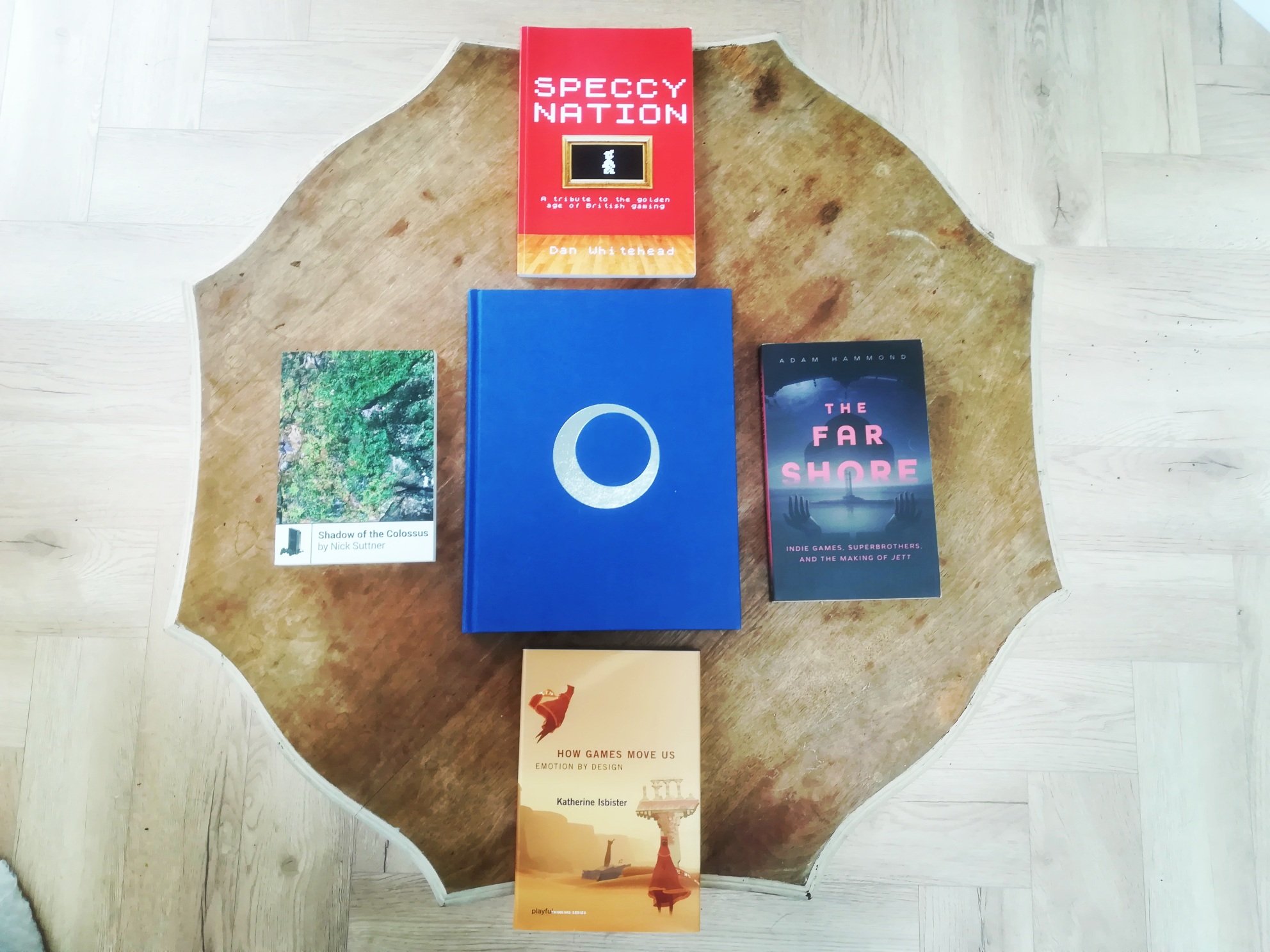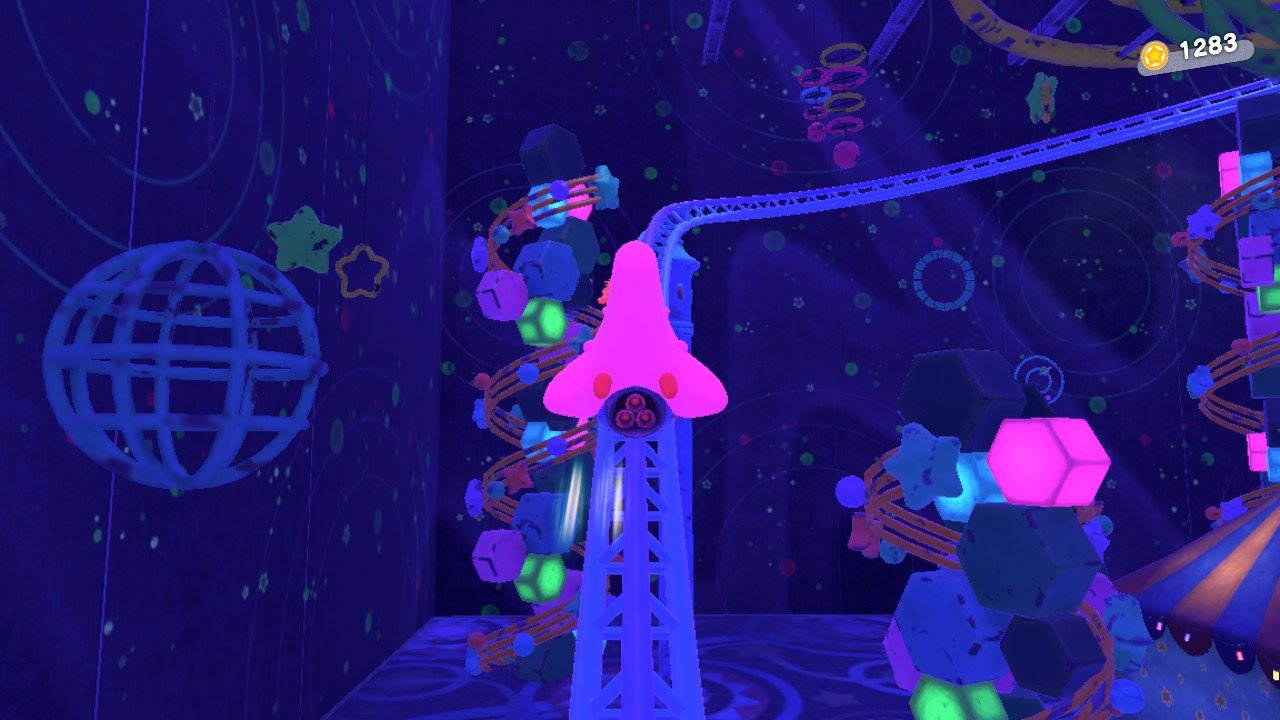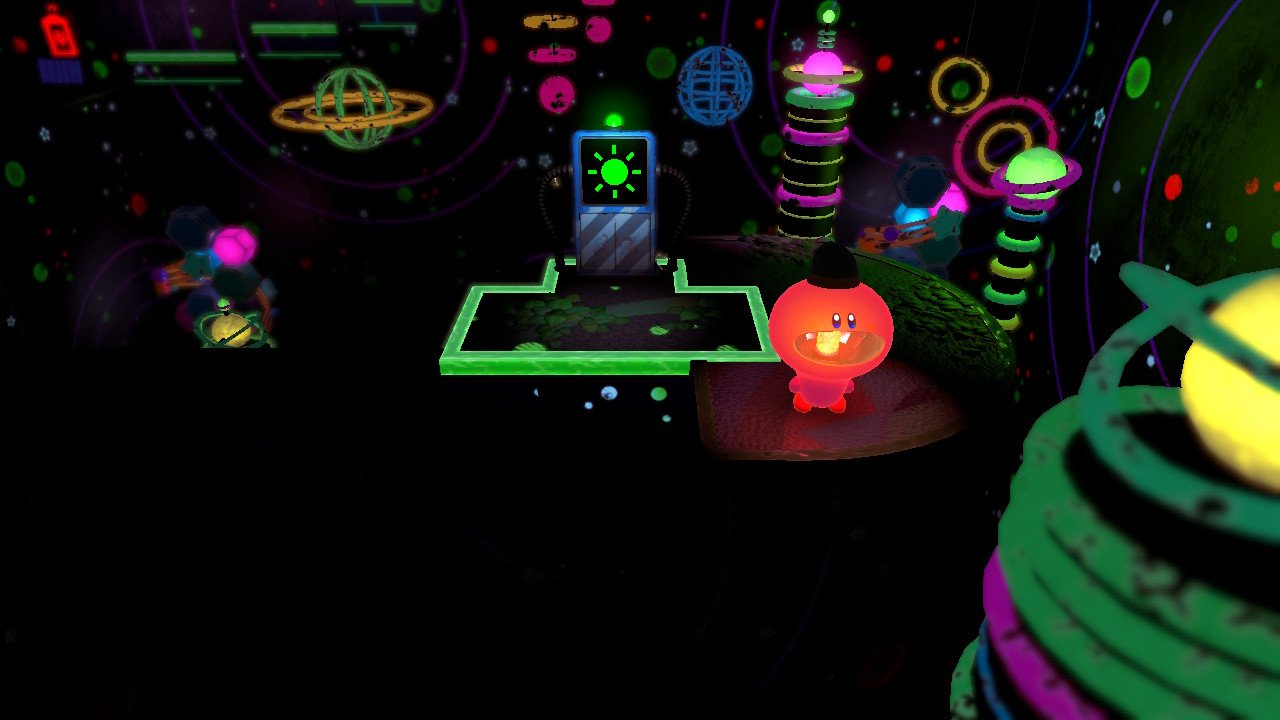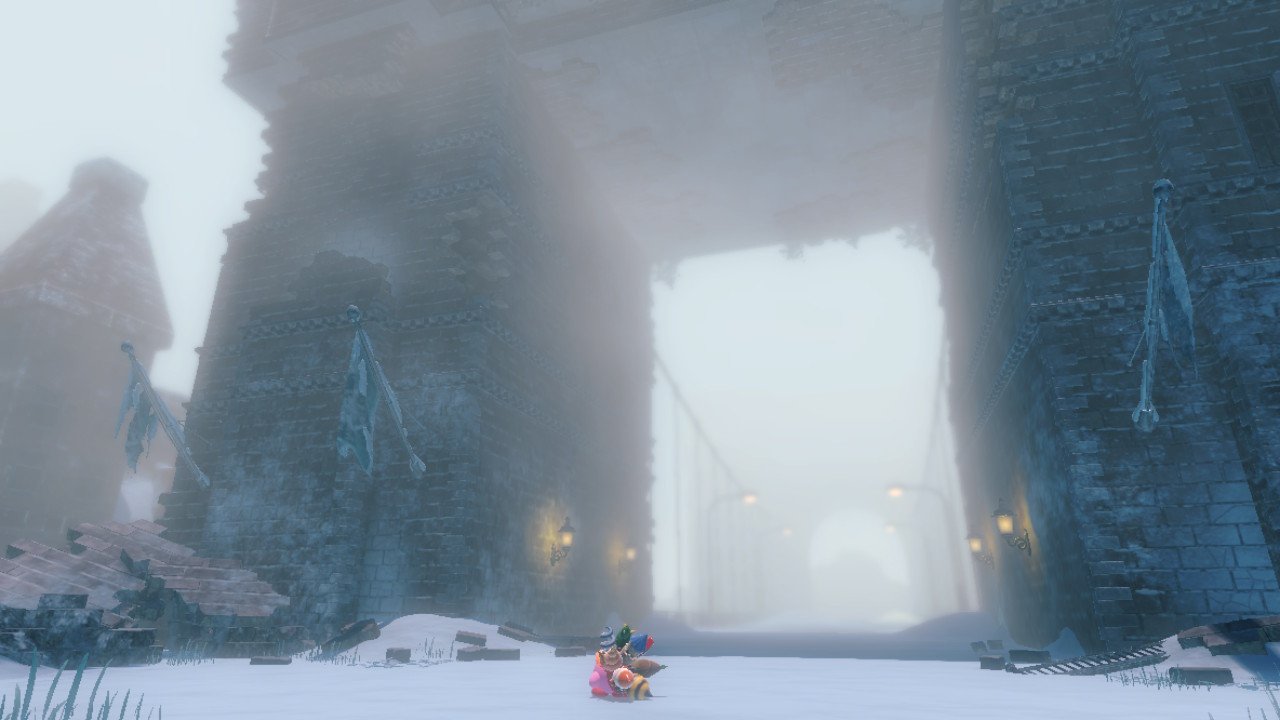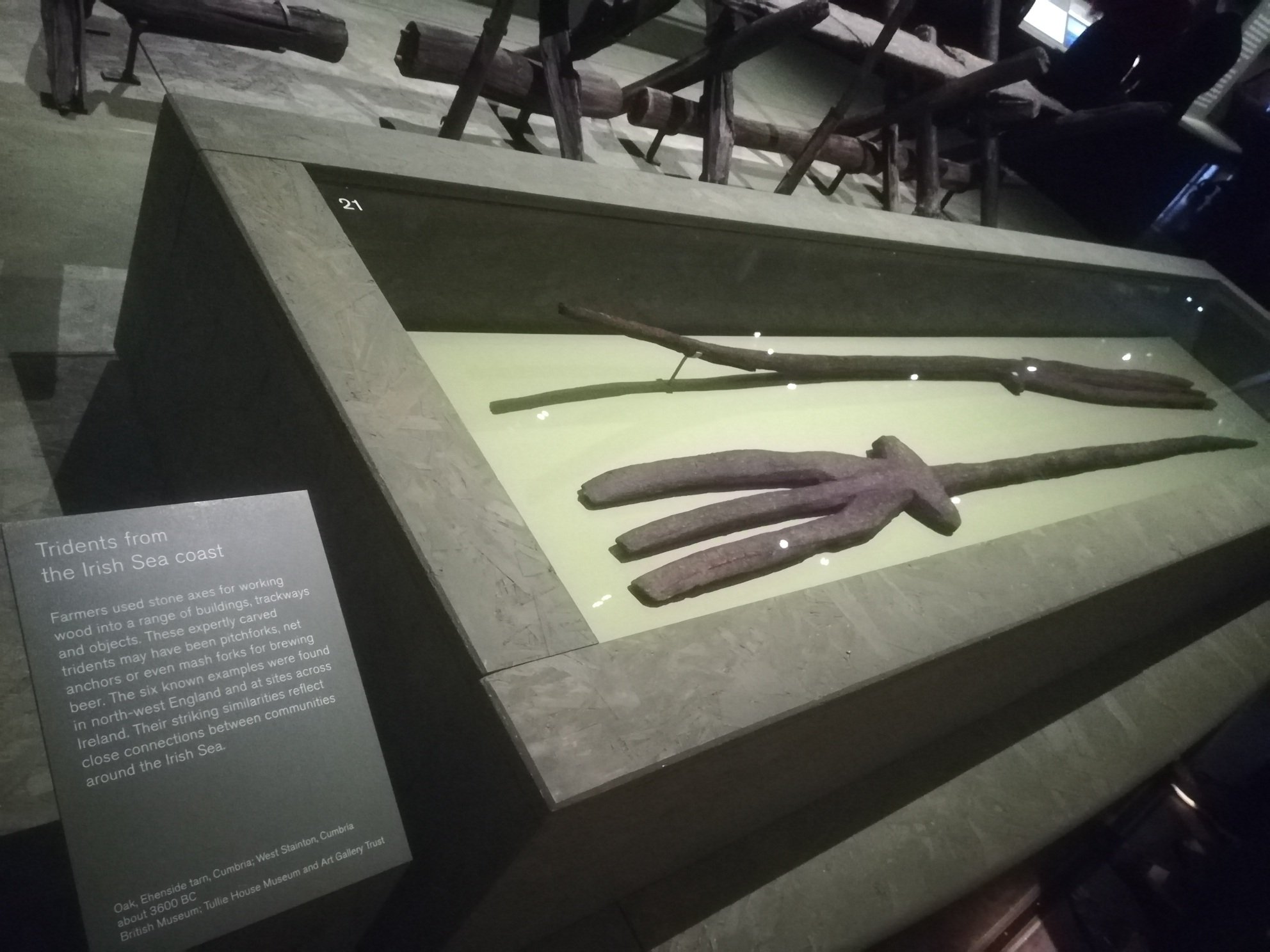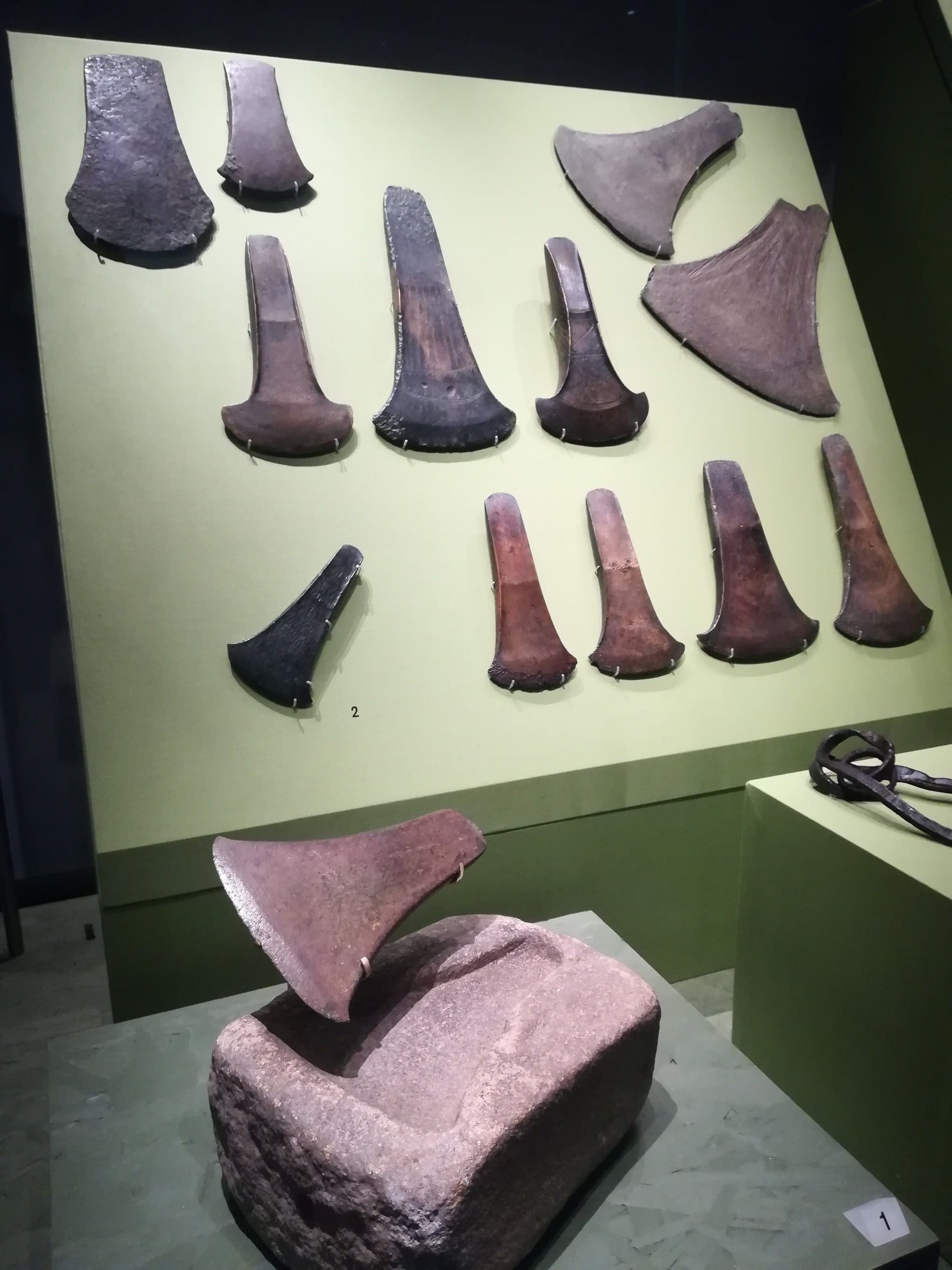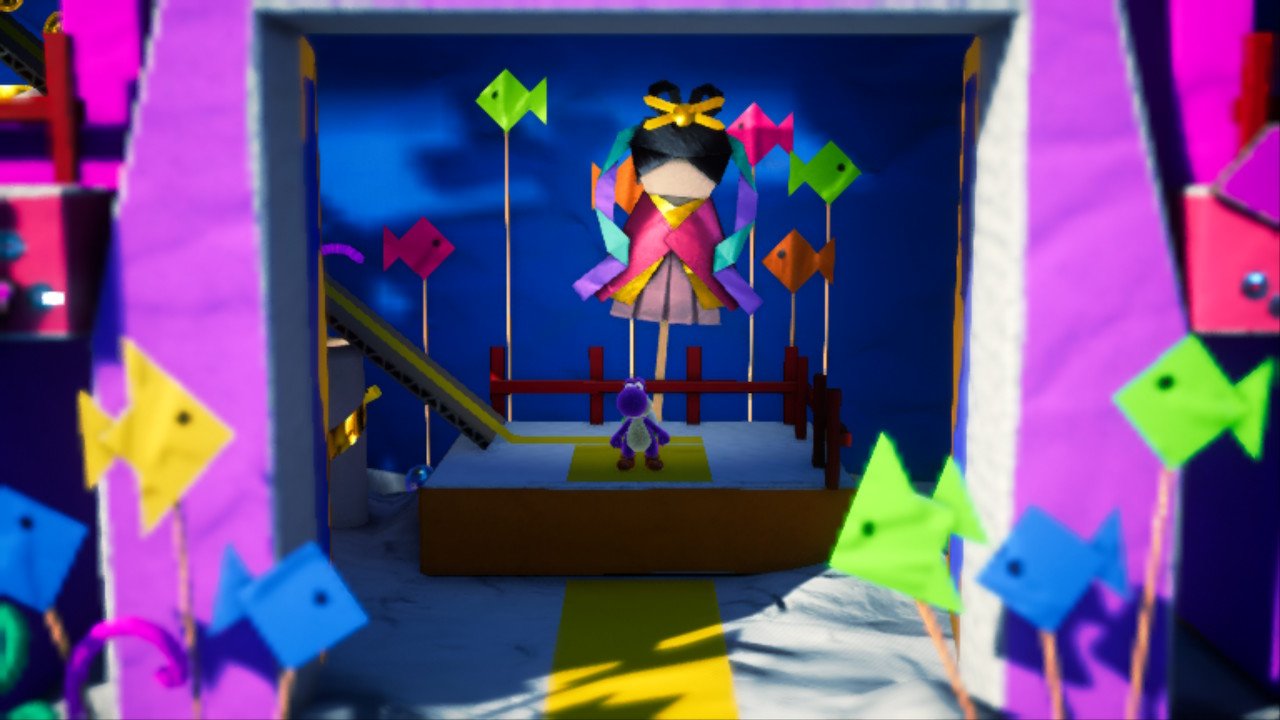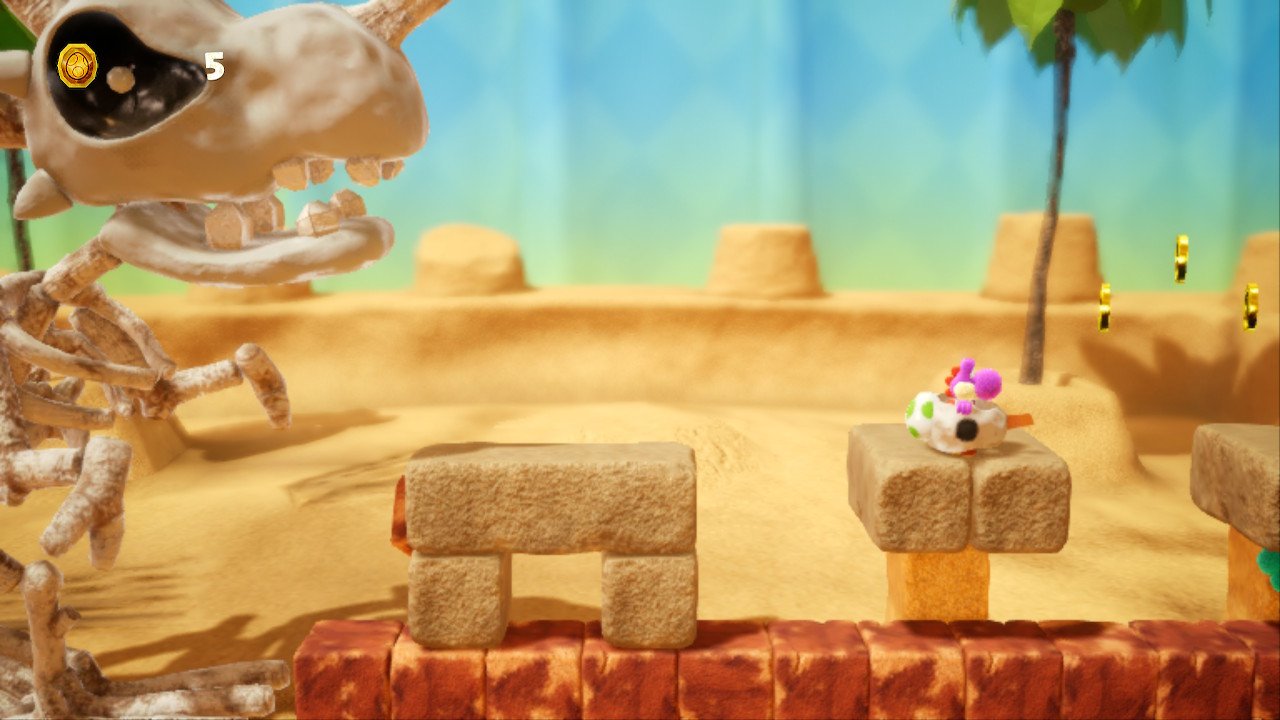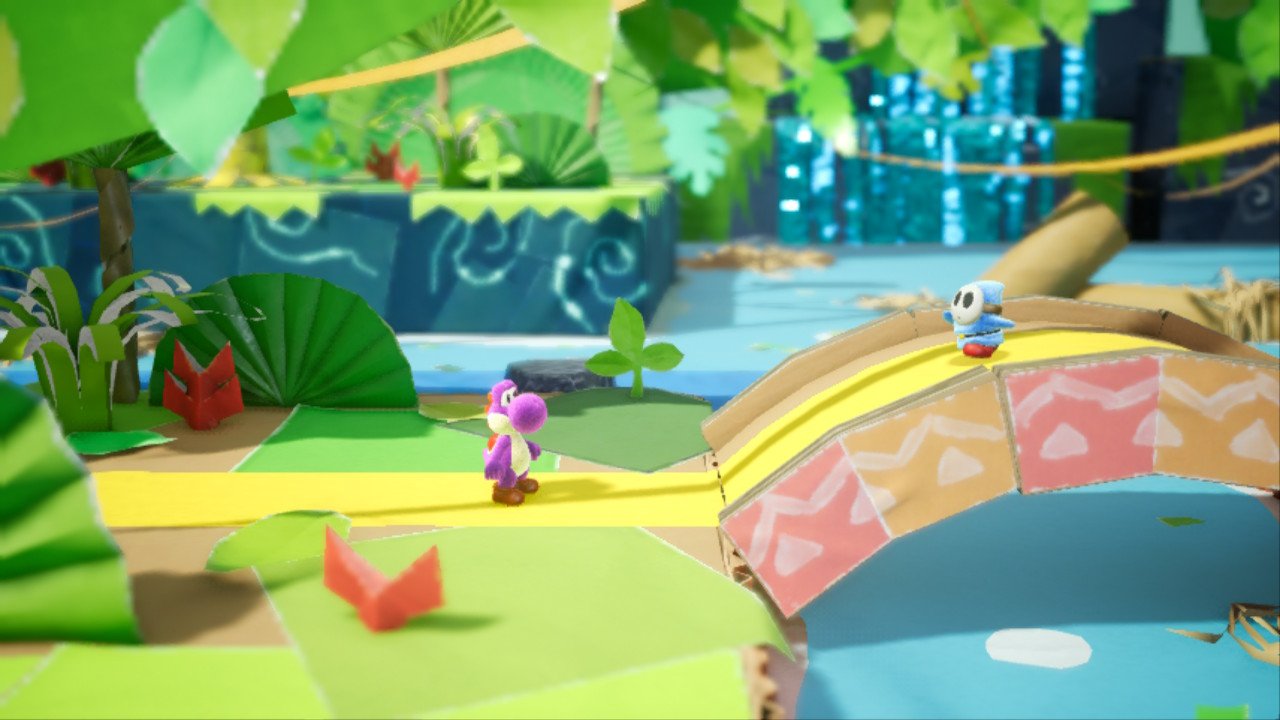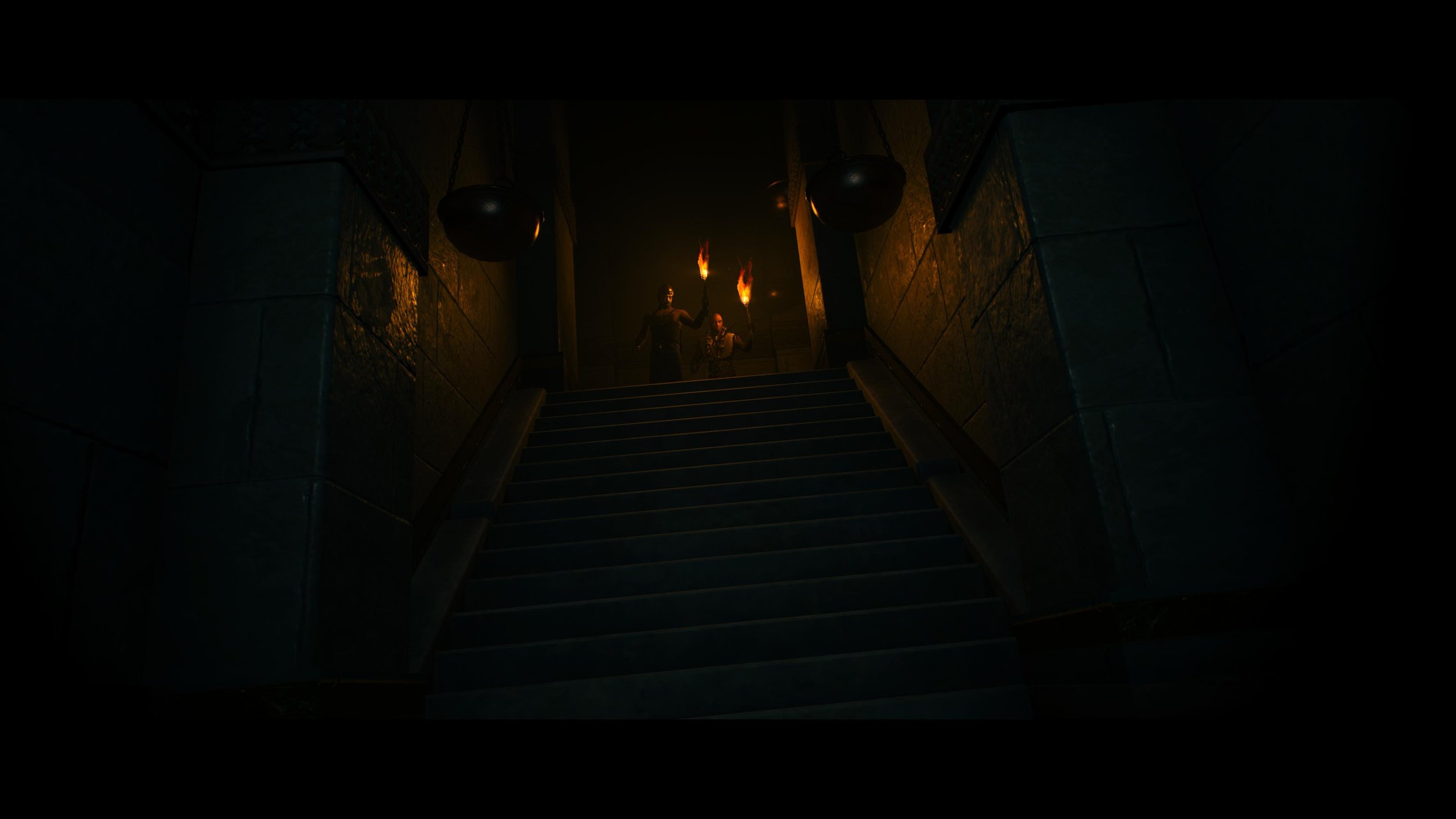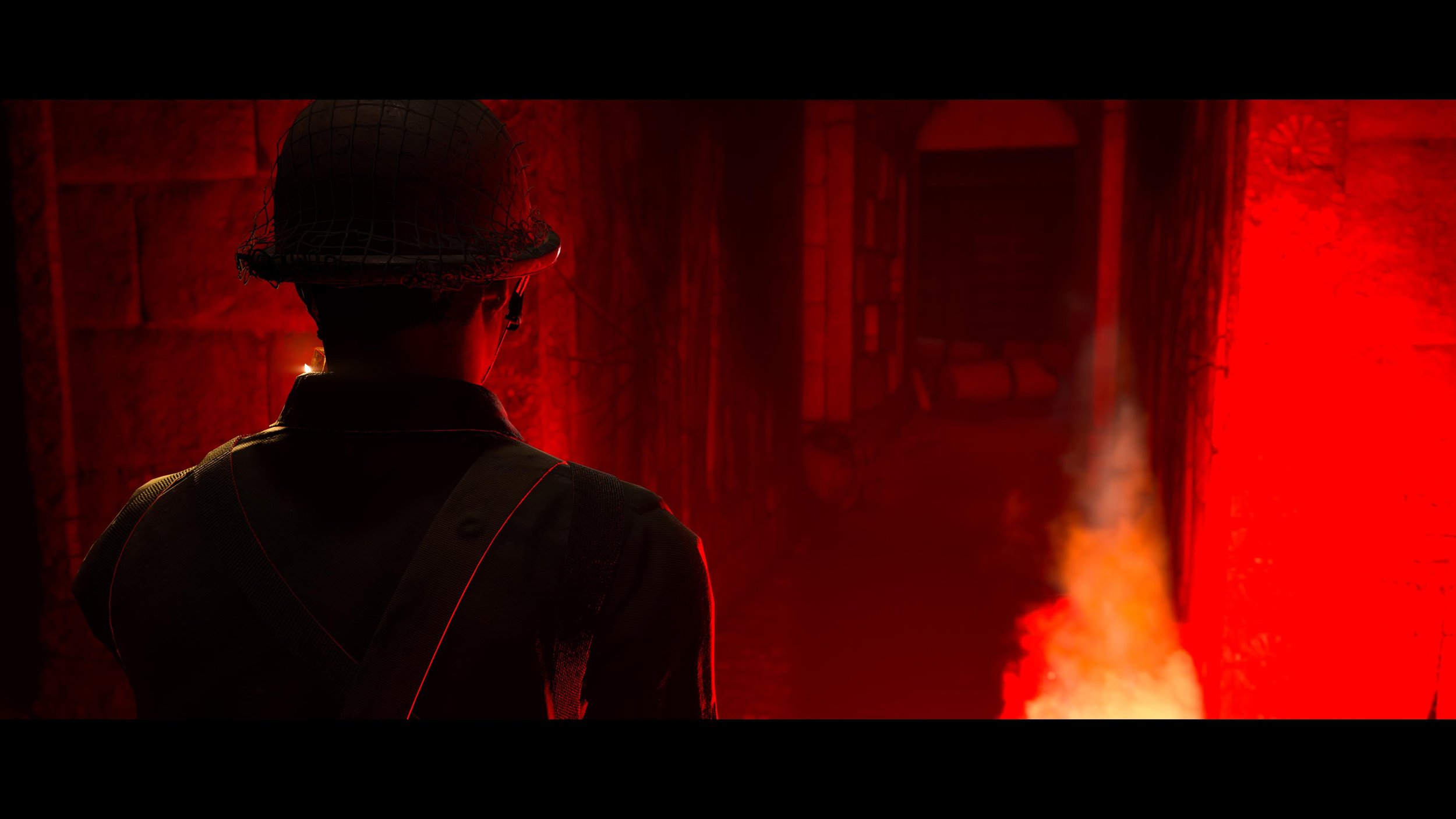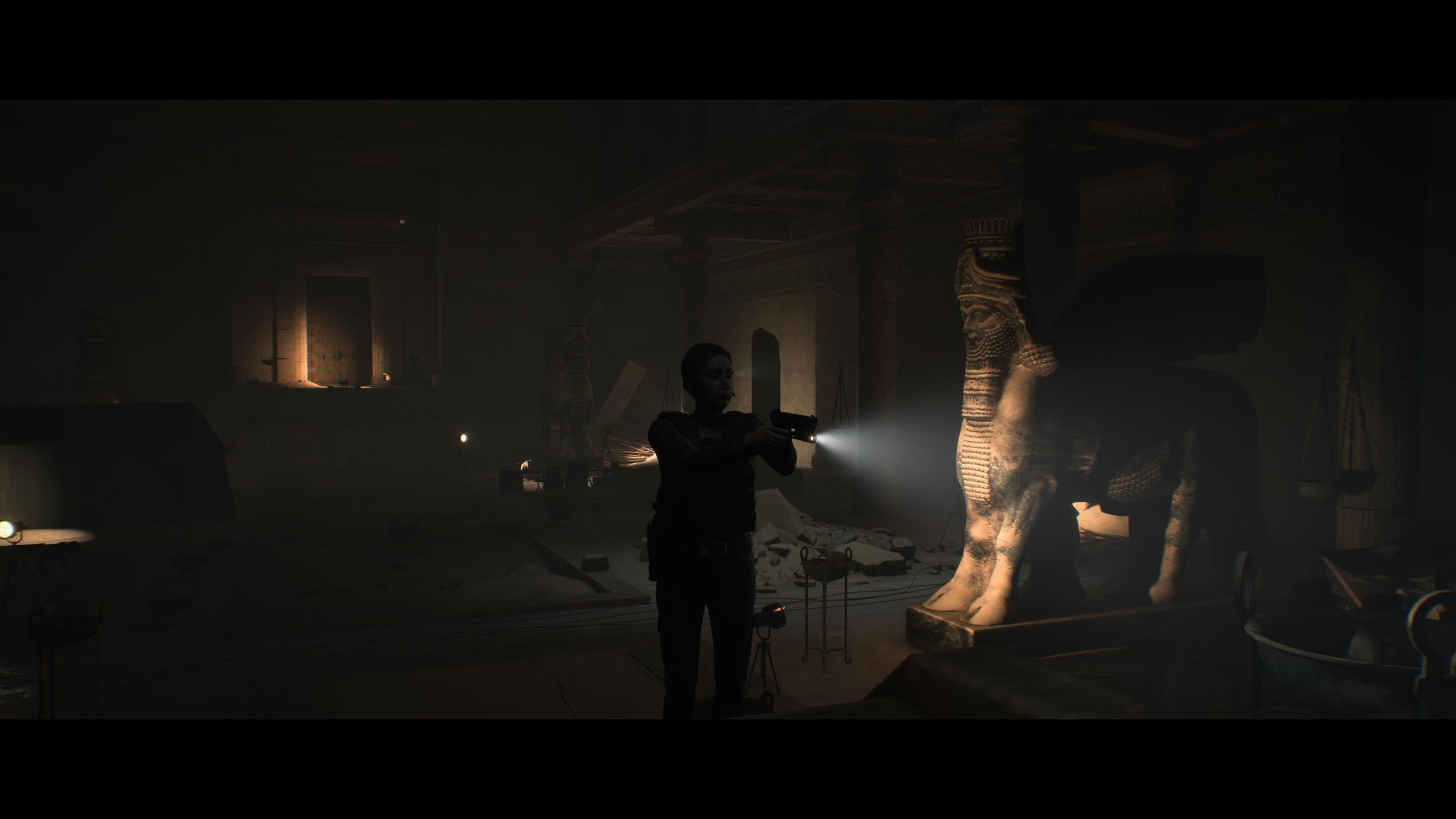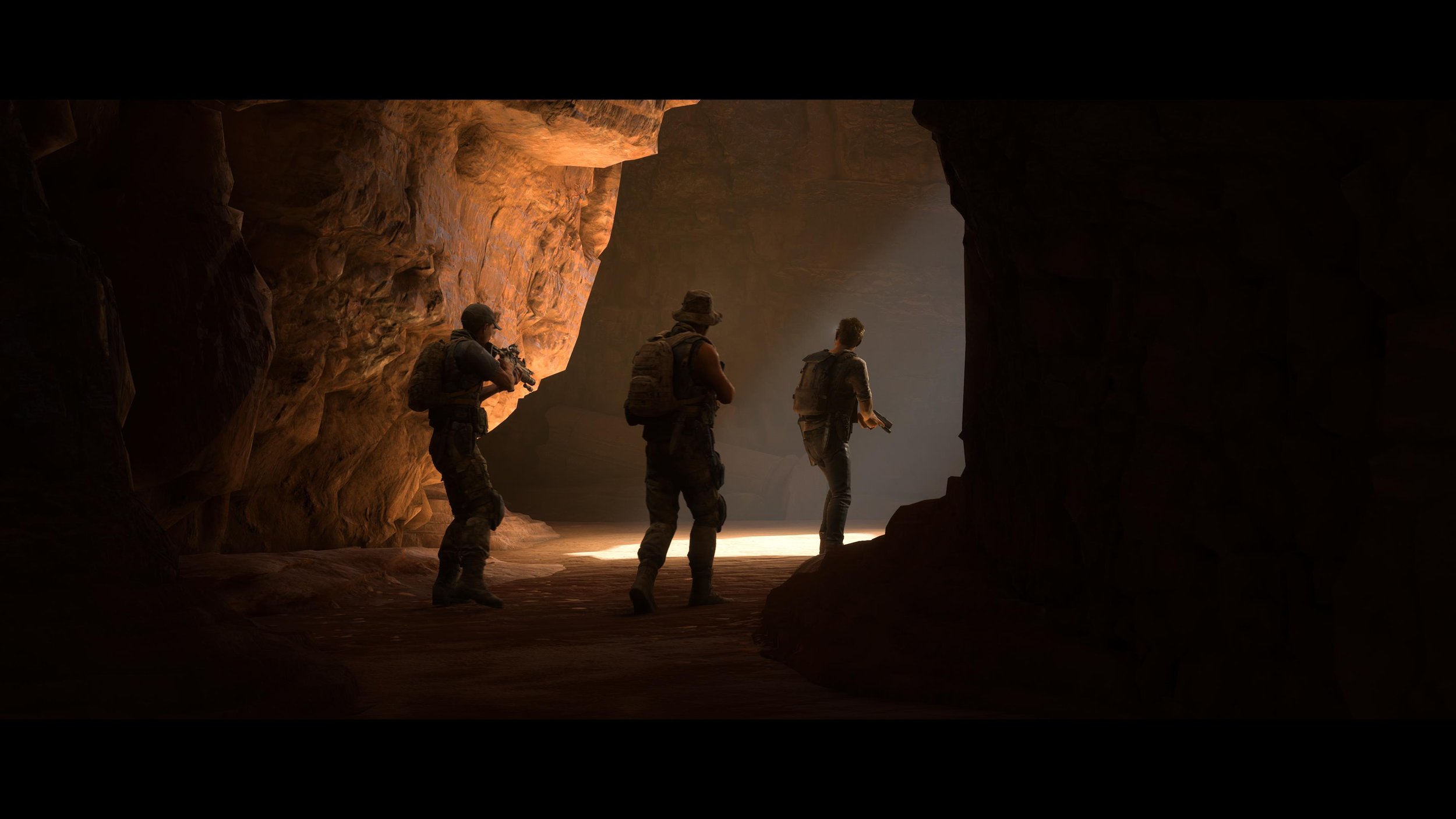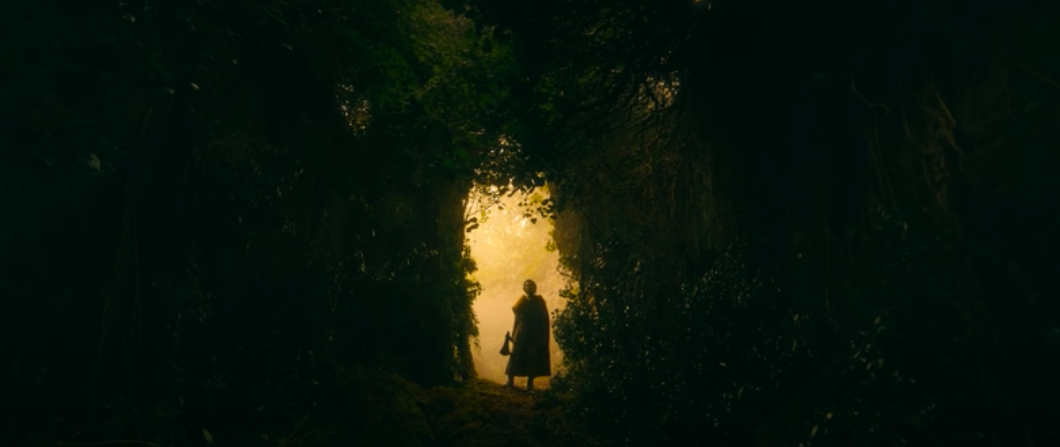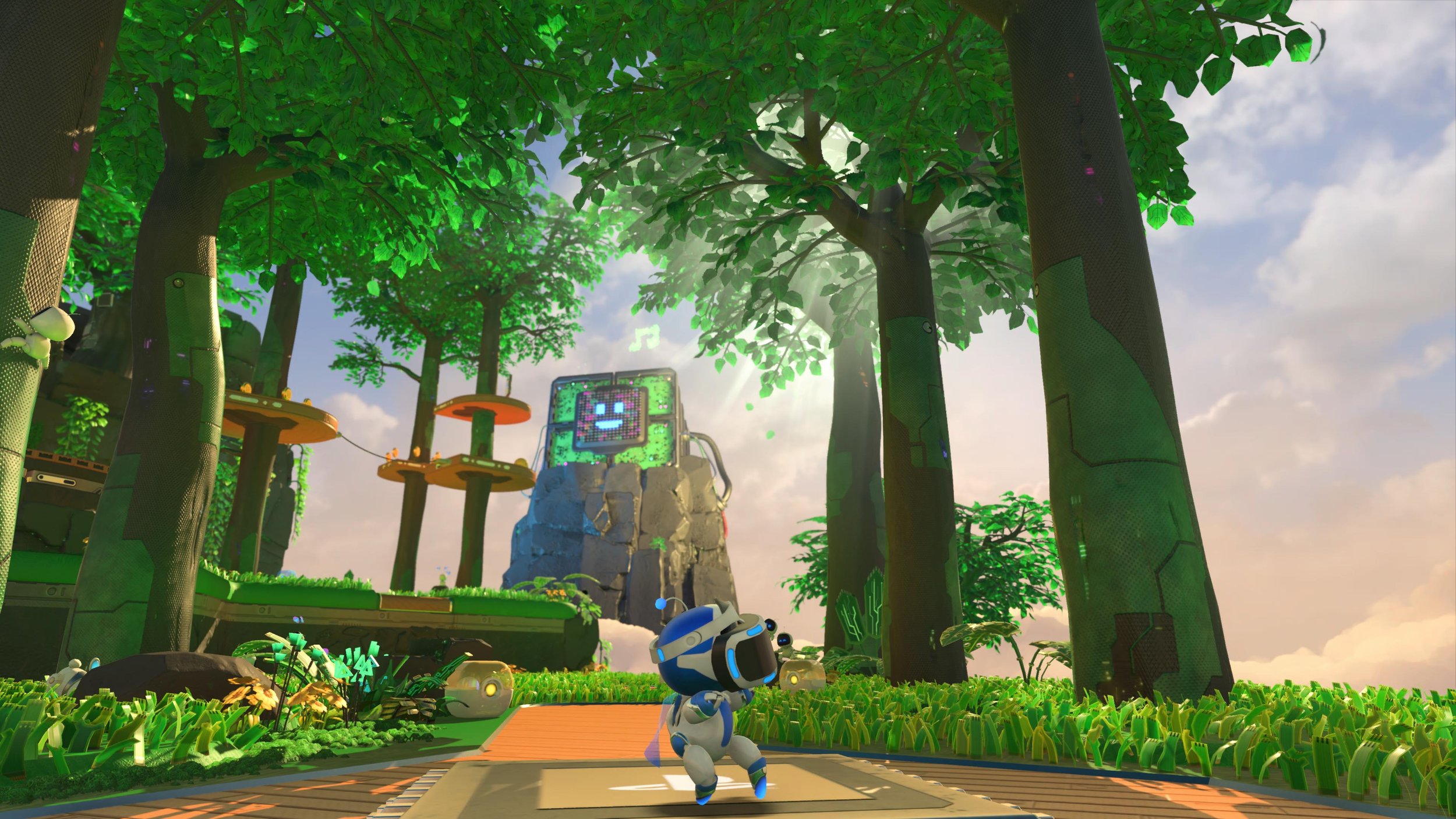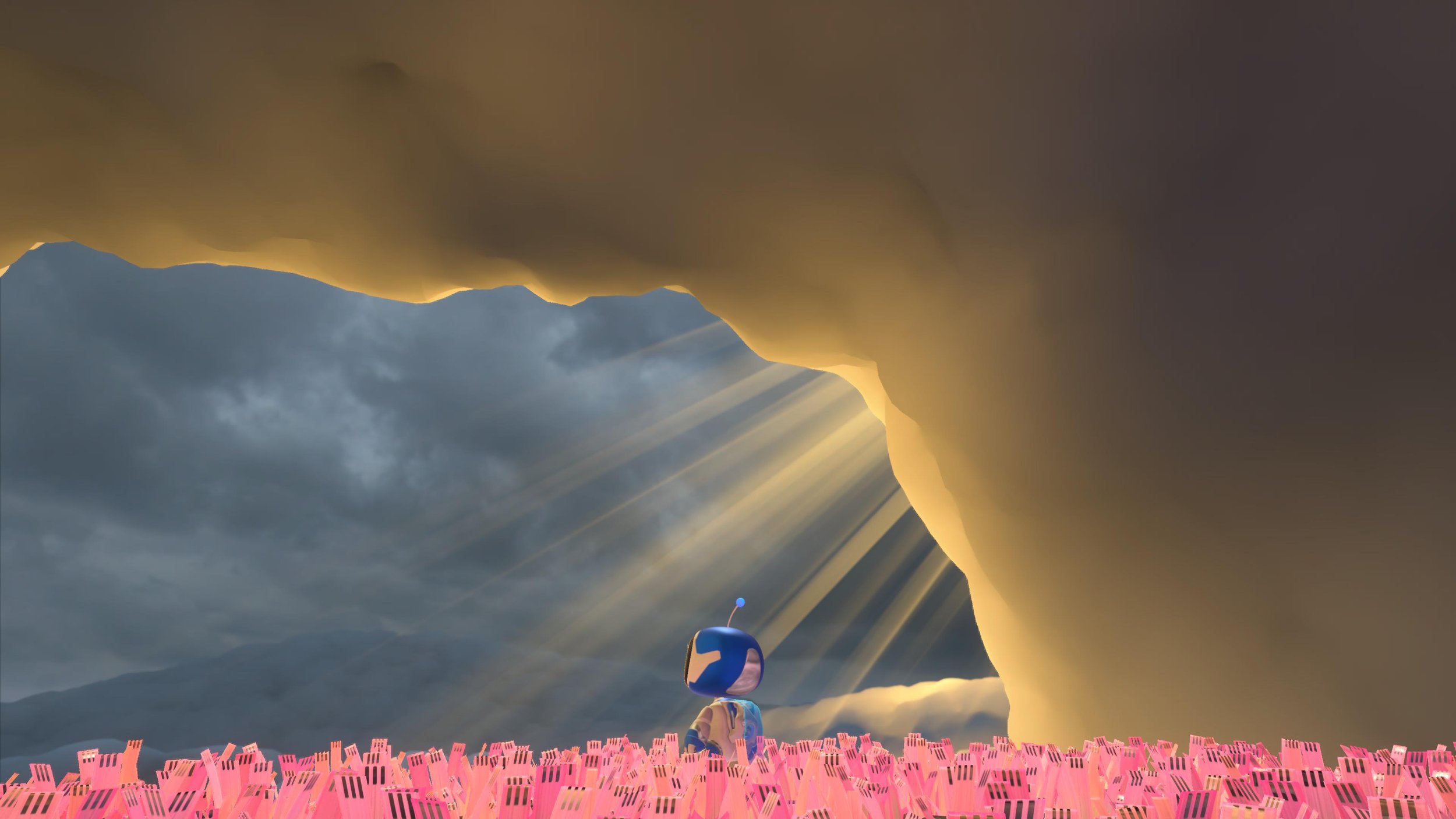Ms. Marvel has become a pop culture icon and a voice for hope since her debut in 2013. Her status as the first Muslim character to headline a Marvel series was shared enthusiastically by some whilst others thought it tokenistic and ‘woke’. Irrespective of these divergent views, the comic series quickly became one of the industry’s bestselling titles because it was, quite simply, an excellent superhero comic book which was written with wit, pathos and heart.
I have all the graphic novels from the first series as well as the next.
Superhero stories featuring teenage characters are notoriously difficult to write for but to create a monthly comic with a teenage girl of faith was something nearly unheard of in mainstream comics, let alone the religion in focus being Islam. Islam features quite prominently in the comic series as Ms. Marvel, Kamala, is Muslim and as such it forms a major part of her narrative; it greatly influences her behavior and decision-making, adding tension to her life that doesn’t come from the more traditional sources like romantic interests or the masked super villain of the current story arc.
In a medium that has been pretty hegemonic in portraying powerful white heroes, the wave of real world representation in mainstream comics was exciting. The concept was explained well in the very first Ms. Marvel comic when Kamala first meets Captain America, Iron Man and Captain Marvel. She is surprised to hear them speak Urdu, but Captain Marvel replies,
"We are faith. We speak all languages of beauty and hardship."
This really struck me as powerful when I first read it.
This is a real nice touch that speaks to the universal humanity in us all, with the underrepresented now being represented in a medium supported by the diverse community invested in these characters.
And so, it was with quiet nervousness that I approached the Ms. Marvel television series shown on Disney+. I was excited but also had some trepidation about the series as there was media speculation that they had changed her origin story and altered her powers somewhat. Usually, when that happens you end up with a diluted dud product that pleases neither old fans or newbies. However, I needn't have worried; the 6 part series was excellent. The writing throughout the series felt grounded and relatable and there were very few moments that felt written by committee or by olds trying to sound hip and young. The cinematography was kinetic without being obnoxious and the Scott Pilgrim style animation flourished brought an energy and vibrancy to the show.
The actors were all clearly relishing their roles and brought their A-game to the party. Special mention must go to Iman Vellani who embodies the nerdy-goof-with-heart well. The rest of the cast are solid but Kamala's parents are worthy of special mention in their roles- bringing warmth and empathy into their respective roles.
The way the show handled the cultural aspects of the show was superb; some scenes were reminiscent of conversations that I had had with friends and family in my life. Integrating themes such as the Partition, Jinn, the "Illumin-"Aunties and life around the Mosque; these are things I've personally grown up around and something my parents and grandparents were heavily shaped by. Reading this you might think the show is grim-dark but it's a positive show which rails against the current media obsession with violence done in Islam's name. In much of Hollywood and mainstream Western media, the portrayal of Muslims is not usually positive; usually people in the faith are reduced to crazed terrorists, clownish thugs or menacing threats with no redeeming qualities. This is the first popular mainstream Western show that shows a Muslim family with integrity, respect and, most importantly, nuance. They're not angry, militant or suspicious but merely... people, with all the flaws and foibles entails with being part of the human race.
Living in South Devon, I am in the minority here and, on occasion I feel like the standard bearer for Muslims. Don't get me wrong, I'm not a role-model Muslim but I do my best to represent my religion and beliefs in the best possible light. This is my personal jihad, my struggle, which I hope to improve and get better each day and this is what Ms. Marvel television show encapsulates so well, being respectful of your cultural heritage but also living in the environment and society you were born into. Kamala has these struggles to balance her duties and her desires and the series shows this quite honestly. I feel a connection to the character of Ms. Marvel in the same way that Miles Morales speaks for another, often underrepresented or unfairly represented demographic.
The show deals with the suspicion Muslims are often treated with and the fact that the authorities are often monitoring them. The Department of Damage Control are antagonistic and seem to be wary of these new superheroes, not because they have great power but because they're the 'wrong’ type of people. It reminds me of a scene in the Ms. Marvel graphic novel 'Mecca' where Kamala's brother, Aamir, placed in detention after being accused of not conforming to 'societal norms'. It's a powerful scene as he explains how, just because he is brown and wears traditional dress, he isn't to blame for all the ills in the world but because he stands out, it’s easy to target people like him. This storyline was in direct response to the US Immigration and Customs Enforcement Agency's policy of separating children form their parents at the border, an extremely controversial policy.
I'm thankful that Marvel Studios have creating a comic character that speaks truth to power, something I'd normally have to go to indie comics to find. The fact that such subjects have been broached by the biggest comic company and in one of the most popular series in the world is heartening. The fact that they translated this emotive topic onto a mainstream show is astonishing and brave; there is a sea change in the representation of people of colour and that has been long overdue.
Art is of its time but it can have a long-lasting cultural and societal impact on the world. By encouraging a sense of community and a forum for discussion change can occur. The Ms. Marvel television series and comics are an excellent medium for showing or even introducing that change. The show is aimed at tweens and teens but hey, as a man in my early 40s, I enjoyed the show and I think many of you will too. Don't sleep on this show guys, it's marvellous!
Anyways, below are the thoughts I noted down as I watched the shows weekly. Be aware, there are spoilers henceforth:
Episode 1
When Kamala wants to go to Avengercon and her mum says "There'll be a lot of haraam there" it reminded me of when I wanted to go clubbing in my late teens, because I truly loved trance and dance music, and knew this would be the response I'd get. Also, when Kamala brought up the unfairness between the ways her Muslim brother is given more freedom than her and she questions it I remember conversations with my family about the rights of my sister to choose her own destiny.
The shopping scene was hilarious as I remember from my youth, travelling to numerous shops to get the groceries and getting a Mr. Juicy carton of drink if we were good at the end of it from a shop.
Episode 2
When Kamala is trying out her powers and she is eating out at a halal van with the sign outside it rang true from experiences I've had.
The rush with Nakia to get to the mosque, hurriedly do wudu and pray hit hard as I remember doing that for Friday Jummah prayers during the holidays.
When the prayer starts and the Imam starts the recitation I had tingles down my spine as this is the Islam I know and love, not the one most commonly shown in media with violence and atrocities with shouts of 'Allahuakhbar' that tarnish that beautiful word.
When Kamala is in the car with Kamran and they name drop Baazigar, DDLJ and SRK I knew they weren't simplifying the series for the mass audience, if you knew you knew and if you didn't you could always Google it.
The dinner conversation about Partition rang true as I know it affected my family who live in the Pakistani Punjab, an area near the Indian border.
The Eid Mela celebrations were cool and even though I didn't go to many at all, I know they were a huge part of many of my Muslim friends' celebrations, which usually happened in Barking Park.
I loved the 'Illumin-aunties' gag and died at the idea that they gossip and know everything.
Episode 3
When the djinn are mentioned I had shivers down my spine as they are known as tricksters and spirits with often unknowable intent.
The self-seveil of the Islamic community by law enforcement rang true and brought up some anger as it led to toxic conversations online when it became a discussed thing years ago.
The bit where Sheikh Abdullah drops the "Good is not a thing you are. It's a thing you do' line I just about lost it. It's so powerful yet so true.
When Kamala's mum discusses the dream she and her husband have of coming to America and then the hardships they faced, it was so honest. I know my dad spoke of the hardships he and his father faced when they came to England in the 70s to start a life and bring their family over.
The choreographed Bollywood dance was cute and, whilst my family weddings were usually a lot more staid, I know a couple of friends who had attended more raucous ones (including mine which was a bit rave-y with old school 90s trance and dance).
The Kamala vs. Djinn battle scene in the kitchen reminded me of the Jurassic Park kitchen scene and was proper tense.
When 'Allahu Akhbar' is said in praise at the end of a wedding it was heartening as the phrase most often been associated with terrible acts of terrorism and criminality in much of the news here in England recently.
Episode 4
The passengers on the plane ignoring the stewardesses appeals to sit back down as the plane lands is exactly what I've experienced travelling into Asian hubs.
The way they portrayed the modern and past history of Pakistan was fascinating as you saw the posh eateries and the busy streets of Karachi, it really showed the juxtaposition of the country.
The 'Come with me if you want to love' quote was hilarious.
The Partition train station scene was heartbreaking as you see the chaos sewn by the Mountbatten Plan.
Episode 5
The vintage Marvel opening was mwah *Chef's kiss*
The opening news footage from the time showing the bloody consequences of the Partition are shocking to watch as it really humanises what is usually glossed over on the history books her in England.
The love story between the great grandmother and great grandfather was sweet and had the usual Bollywood tropes; beautiful cinematography, poems, roses and wah oh wah, kya dialogue!
The drama at the train station was intense and proper emotional.
The wibbly wobbly time wimey stuff was great but the lost kid part gave me palpitations; as a father of two young girls it's one of my worst nightmares.
The three generations of the Khan women bonding after the truth is out is amazing. It warmed the heart and got a big whoop of joy from me.
Episode 6
The 'classic Khan gossip train' bit was awesome as we know that the Pakistani community gossip spreads faster than the Internet.
The part where the family join together to tell Kamala how proud they are of her having powers and doing good is awesome-really heartwarming.
I love that her mum made the Ms. Marvel costume, it reminds me of the old ‘Goodness Gracious Me’ clip where the granny states 'I can make it cheaper.'
Speaking of the costume, I know some hate it but I thought it was cool as it speaks to Kamala's heritage and the deepening of her bond with her mum. Also the logo is from the broken necklace from the episode before... Tres cool.
Nakia's (probably correct perception) that every mosque in America was under surveillance from every security agency (as well as the sanitation department) rang oh so true.
The 'halal' and 'haram' hats were funny as heck.
I love the A-Team style plan to escape from the Feds as it means a team-up with all of Kamala's friends and family.
The Home Alone-ing of the feds was fun.
Embiggen- that is all.
The X-men 97 theme song was amazing and opens up a whole new would.... Potentially.
LINK: Japan: My Journey to the East
LINK- The Future Starts Here: An Optimistic Guide to What Comes Next- Book Review
LINK- Nintendo: My One True Gaming Constant
LINK: Let’s All Create a ‘New Normal’.
LINK- An English Geek in Saudi
LINK- Battle Angel Alita: And So It Ends
LINK- Ulysses 31 Retro Soundtrack Review


